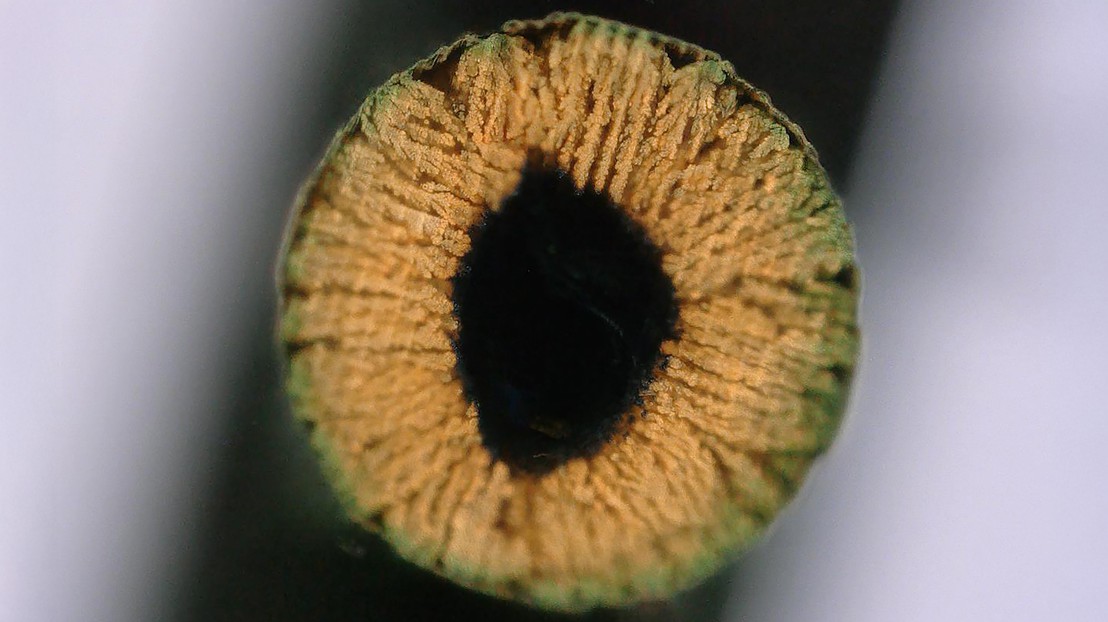Researchers at EPFL have developed a 3D printing technique that creates metal and ceramic objects with improved density and strength. The method involves growing metals and ceramics inside water-based hydrogels, addressing common issues with existing polymer-to-metal conversion processes. The team’s findings were published in Advanced Materials.

Traditional vat photopolymerization typically works with light-sensitive polymers, limiting its applications. Existing methods that convert printed polymers into metals and ceramics produce materials that are porous and prone to warping due to excessive shrinkage. “These materials tend to be porous, which significantly reduces their strength, and the parts suffer from excessive shrinkage, which causes warping,” explains Daryl Yee, head of the Laboratory for the Chemistry of Materials and Manufacturing.
The new approach first creates a 3D scaffold from a hydrogel, then infuses it with metal salts that are converted into metal-containing nanoparticles. After 5-10 growth cycles, a heating step removes the hydrogel, leaving behind the metal or ceramic object. This process allows a single hydrogel to be transformed into different materials after fabrication.
Testing showed the materials could withstand 20 times more pressure than those from previous methods while exhibiting only 20% shrinkage compared to 60-90% with conventional techniques. The team demonstrated the method by creating complex lattice shapes called gyroids from iron, silver, and copper. Potential applications include sensors, biomedical devices, and energy conversion systems.
The researchers are working to improve processing speed and material density for industrial adoption. “We are already working on bringing the total processing time down by using a robot to automate these steps,” Yee says. The repeated infusion steps currently make the process more time-consuming than other 3D printing methods for metal conversion.
Source: actu.epfl.ch

